The Indigenous Education Foundation (IEF) partnered with the Mentawai Cultural and Education Foundation (YPBM) in September 2020 to facilitate a cultural arts and design initiative. Nearly 100 Mentawai students participated from 5 of YPBM’s indigenous learning hubs across Siberut Island, Indonesia. We are pleased to share with you the following seven shortlisted artworks, their respective artists, and the artists’ depictions of their works.
The first in the series of shortlisted artworks is by Jessyca from the Bubuakat Simalainge learning hub in Maileppet village:
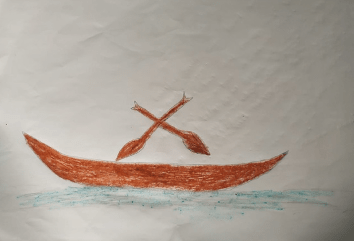
Jessyca’s artwork, Bubuakat Simalainge Learning Hub.
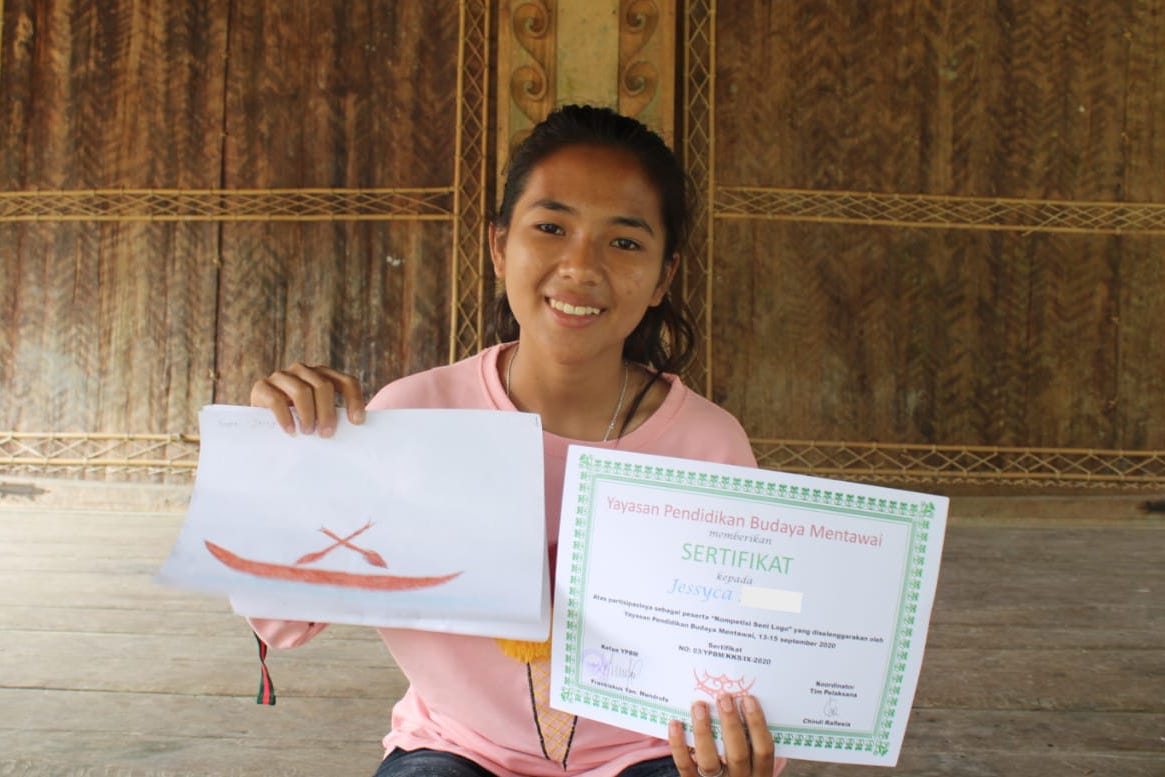
Creative design project participant: Jessyca, member of the Bubuakat Simalainge Learning Hub.
Jessyca describes the artwork’s focus of a dugout canoe and oars as depicting the importance of the Mentawai canoe as an important tool for transportation across both large and small bodies of water, and fishing. Jessyca draws on her ancestors’ experiences and reflects on modern means of transport that now utilise engines.
The second in the series of artworks we share with you is by Julfian from the Toktuk Pasigeugeu learning hub:
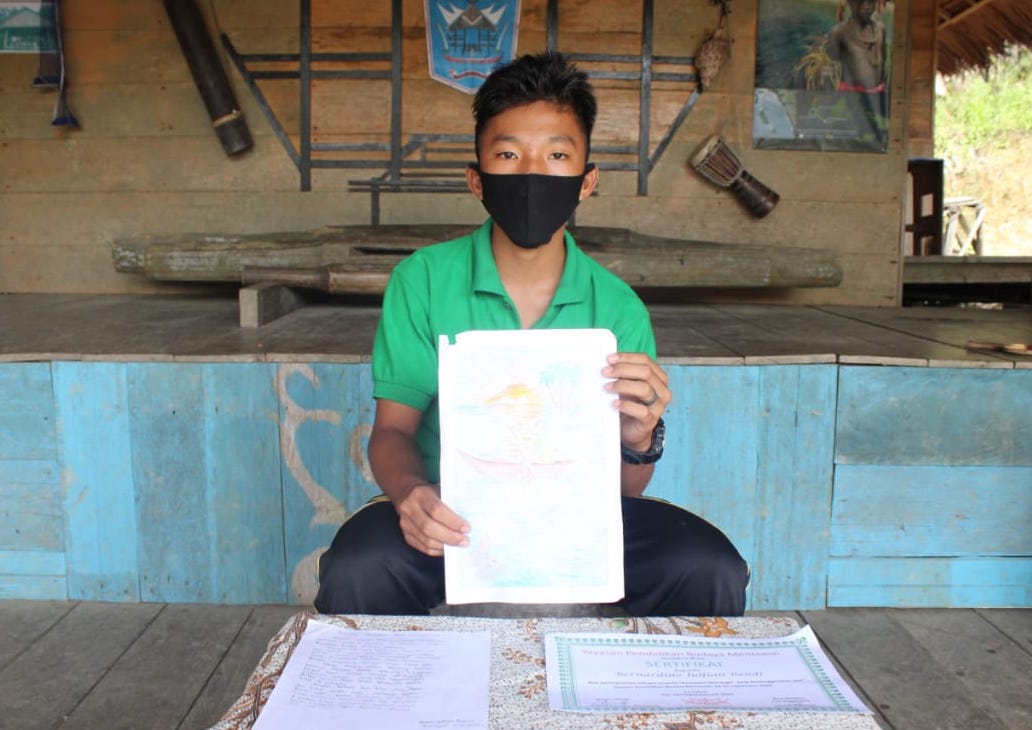
Creative design project participant: Julfian, member of the Toktuk Pasigeugeu Learning Hub.
Julfian shares with us the meaning behind the artwork representing the importance of the dugout canoe for Mentawai peoples. Julfian reflects on the legacy given to Mentawai peoples from ancestors, passed down generation to generation. Julfian also reflects and recognises that modern-day canoes utilise engines, yet still require paddles. Julfian also shares with us some of the tools that are required during the construction of the canoe, these tools include: baliok, sikampak, oggut, tainuktuk, and atarangat.
The next artwork from the creative design initiative that we share with you is by Marcella from the Toktuk Pasigeugeu learning hub:
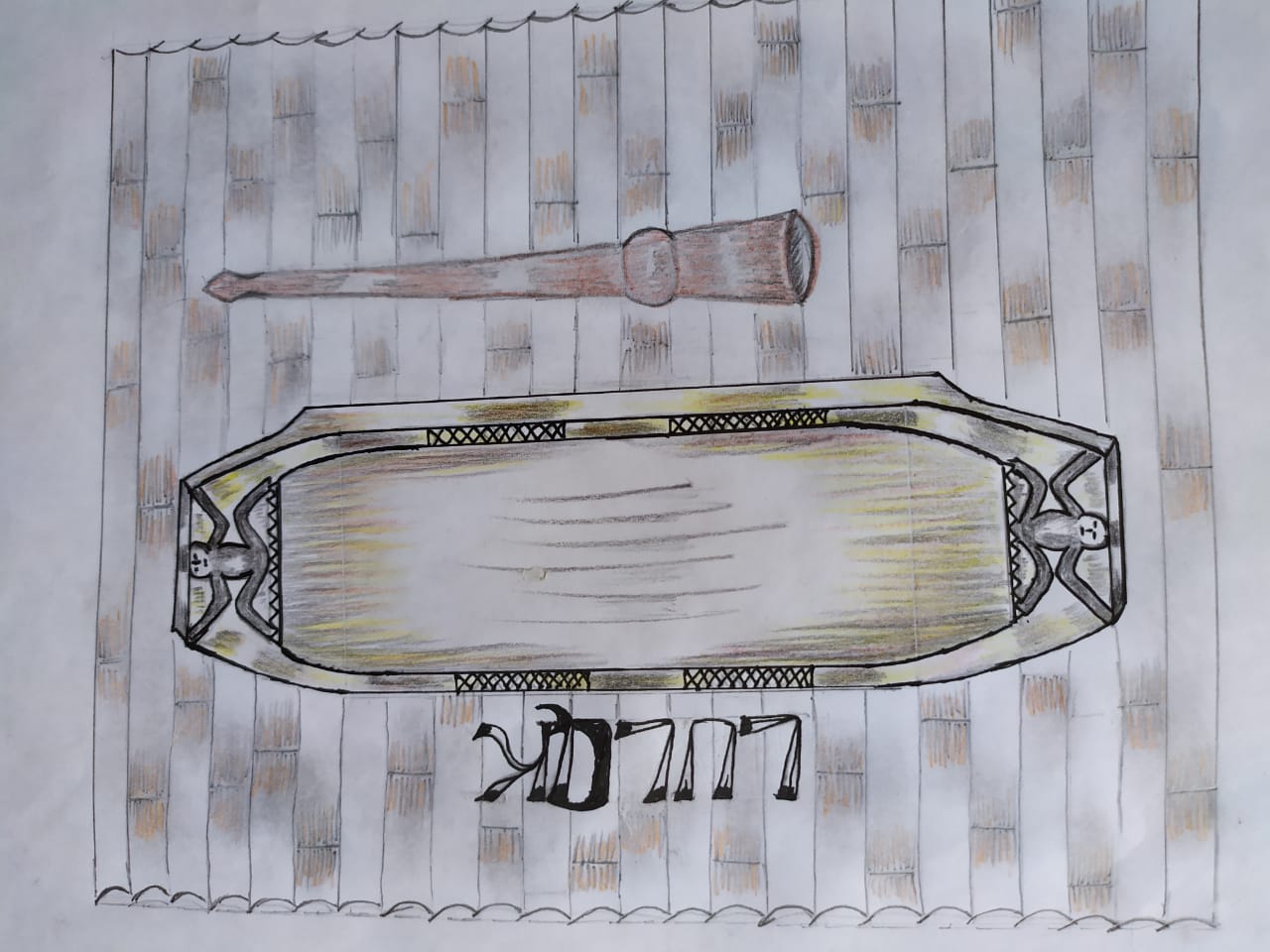
Marcella’s artwork, Toktuk Pasigeugeu Learning Hub.

Creative design project participant: Marcella, member of the Toktuk Pasigeugeu Learning Hub.
Marcella shares with us that the artwork represents the lulak and tutudduk. The lulak is a large serving tool used for preparing and serving cooked taro, banana, pork and chicken – it is usually used during traditional and ceremonial events. The tutudduk is used to mash the taro and banana.
The next artwork is by Fabianus from the Toktuk Pasigeugeu learning hub:
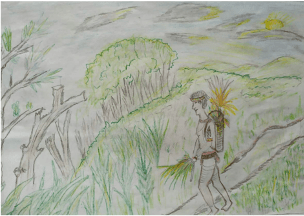
Fabianus’ artwork, Toktuk Pasigeugeu Learning Hub.
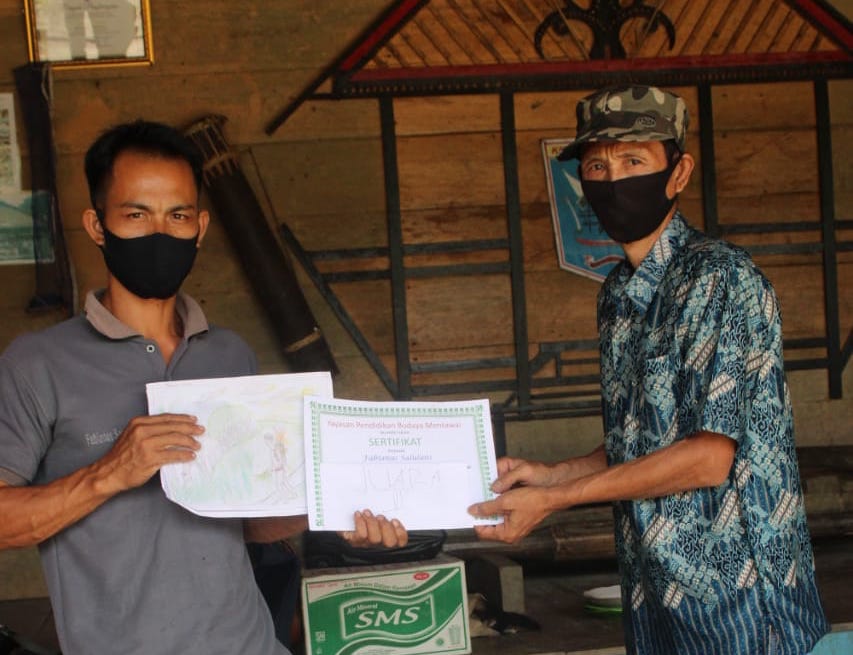
Creative design project participant: Fabianus, member of the Toktuk Pasigeugeu Learning Hub.
Fabianus’ inspiration is from Mentawai’s Sikerei gathering plant medicines and administering medicines to the ill. Fabianus’ perspective includes reflection into Mentawai rituals for healing the ill, and highlights that Sikerei check the illness the individual is suffering from, before embarking on the collection of plant medicines in the forest. Fabianus also highlights that Sikerei do not want personal reward, but obtain gratitude when the individual is cured.
The following artwork is by Anna from the Uma Jaraik Sikerei learning hub:
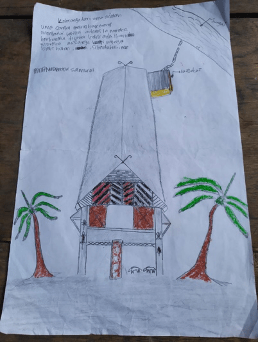
Anna’s artwork, Uma Jaraik Sikerei Learning Hub.
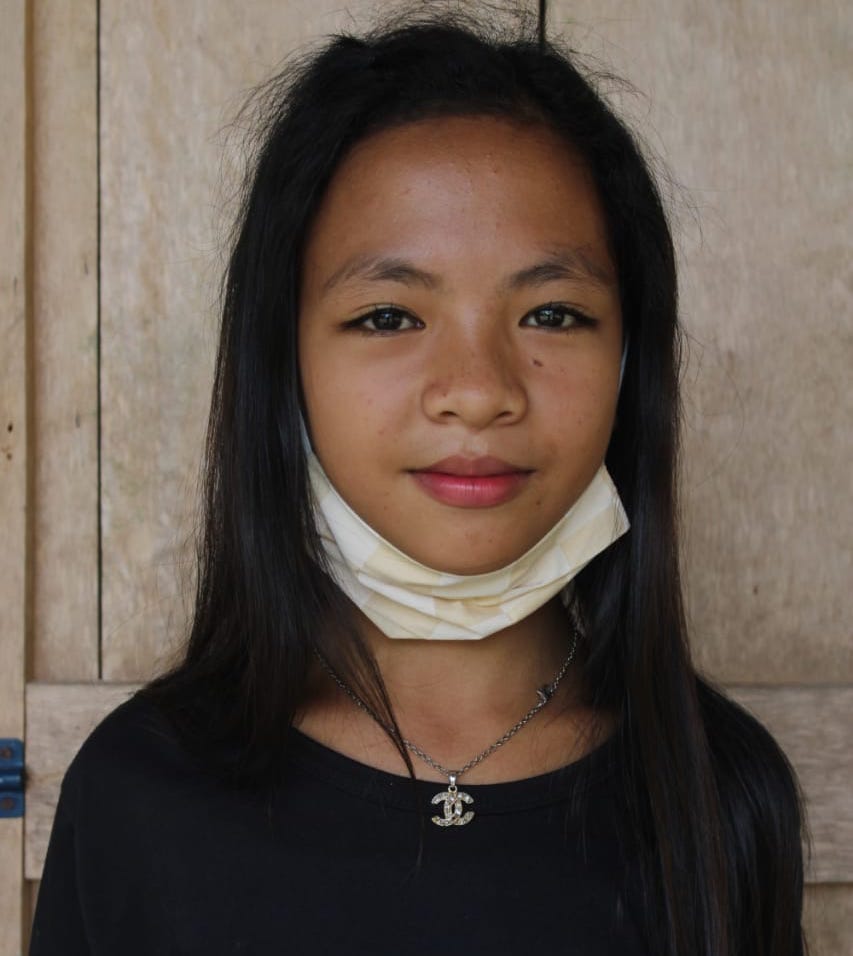
Creative design project participant: Anna, member of the Uma Jaraik Sikerei Learning Hub.
Anna shares the artwork’s inspiration, from the Uma, as an important aspect of Mentawai community and Mentawai peoples. Anna reflects on the importance of the Uma for ceremony, and where food such as monkey, wild boar, or deer is obtained.
The following artwork by Maria from the Totoirak learning hub in Buttui village:
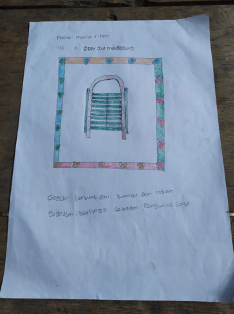
Maria’s artwork, Totoirak Learning Hub.
Maria shared with the IEF and YPBM team that the artwork depicts the Gogojai, which functions as a sieve for sago and is constructed from bamboo and rattan.
The final artwork that we share with you is by Joshua from the Uma Jaraik Sikerei learning hub. This artwork was the selection and inspiration for IEF’s new logo:
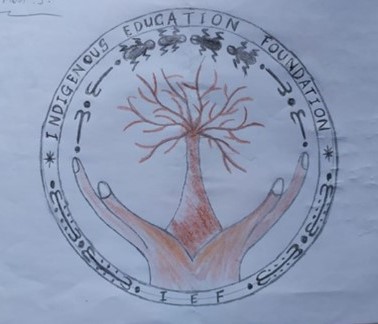
Joshua’s artwork, Uma Jaraik Sikerei Learning Hub.

Creative design project participant: Joshua, Uma Jaraik Sikerei Learning Hub.
Joshua’s perspective on the artwork’s representation and inspiration:
The artwork represents interdependence – inspired by the reliance of humans on ecosystem services and the reliance of forests on humans for support. It also represents the will for humans to work together to preserve and save the interconnectedness with nature.
IEF graciously acknowledges the contribution of every student who participated and shared their original work as an expression of cultural identity and creativity. The creative design project encapsulated the enthusiasm, aspirations and personality of each participant, whilst simultaneously allowing each participant to express their individuality and personal values. All artworks remain the property of each student.

Particpants of the creative design initiative: Toktuk Pasigeugeu Learning Hub.
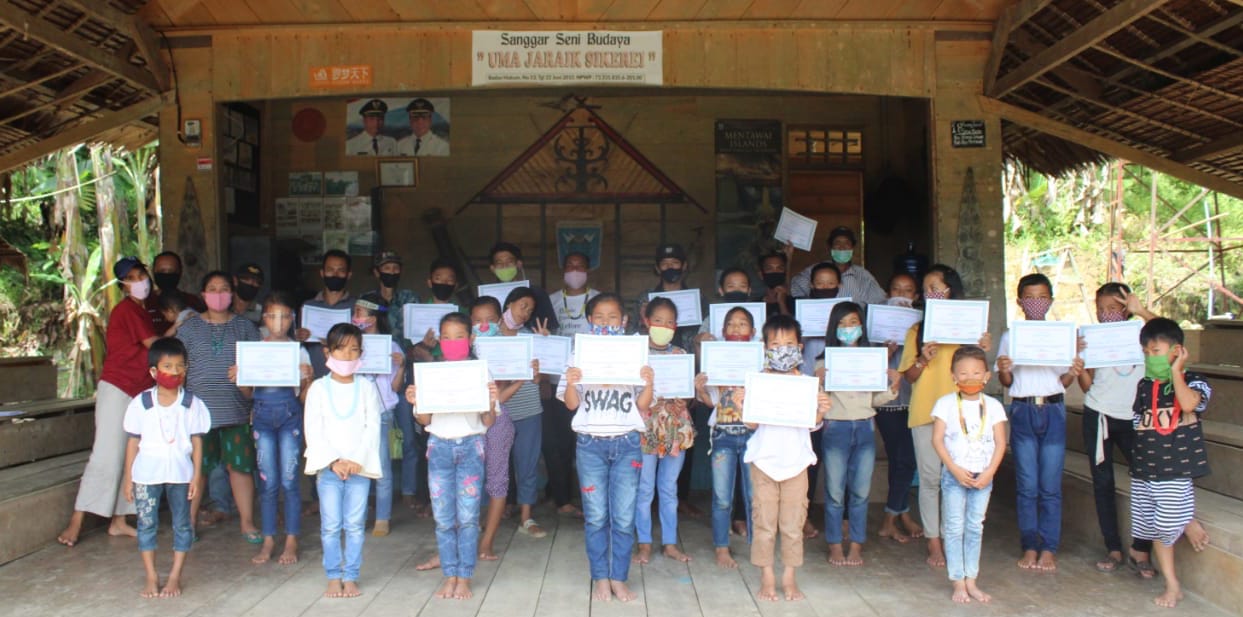
Participants of the creative design initiative: Uma Jaraik Sikerei Learning Hub.
About IEF
IEF was founded to advance education equity for indigenous people world wide. The Foundation is undergoing a rebranding to sharpen its communications with supporters and to enhance its ability to advocate for indigenous peoples managing their own education programs based on traditional knowledge, wisdom, and language. To support, please visit support.iefprograms.org.
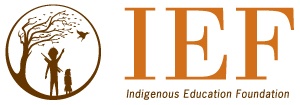

0 Comments